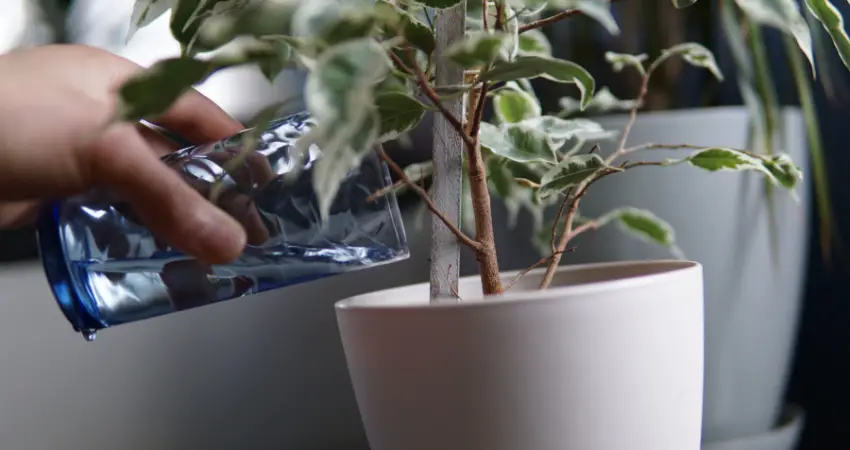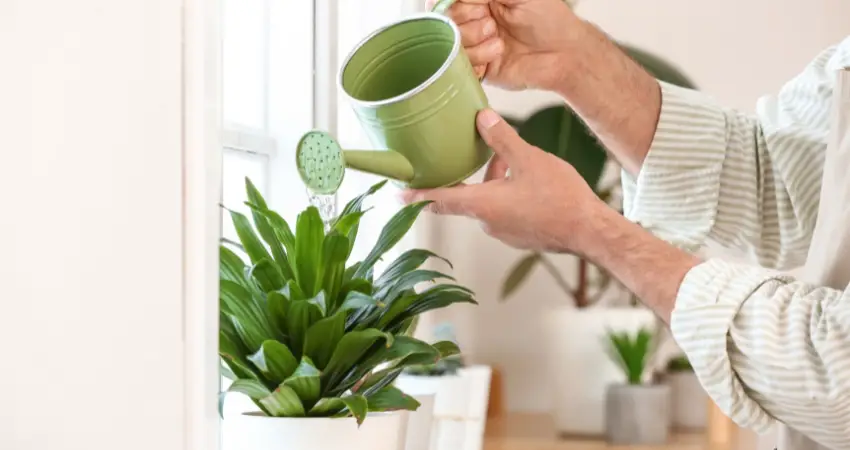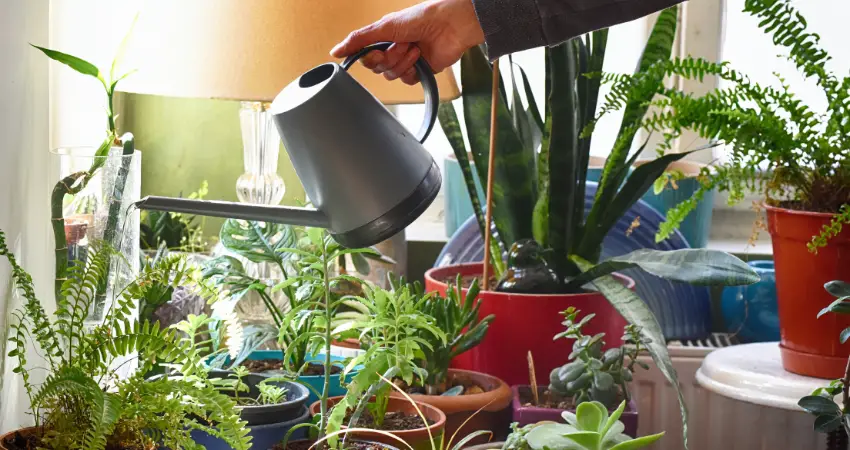Imagine walking into a lush, thriving garden, teeming with vibrant colors and mesmerizing scents that envelop you in a sense of serenity. This captivating scene begins with a seemingly simple, yet utterly vital element – water. Providing your plants with the proper hydration is the key to unlocking their full potential and transforming your garden into a verdant paradise.
In this comprehensive guide, we’ll explore the fascinating science behind plant water needs and uptake, delving into the intricacies of how plants absorb and utilize water. By understanding these vital processes, you’ll be better equipped to cater to your plants’ hydration needs, paving the way for healthy and flourishing flora. So, prepare to embark on a captivating journey into the world of plant watering, and discover the secrets that will help your garden thrive like never before!
Plant Water Needs

The Role of Water in Plants
Water is an indispensable resource for plants. It plays a variety of essential roles, including:
- Photosynthesis: As a key ingredient in the process of converting light energy into chemical energy, water enables plants to produce glucose – the foundation for their growth and sustenance.
- Transpiration: Through this process, plants release water vapor from their leaves into the atmosphere, which helps regulate temperature and maintain the flow of nutrients within the plant.
- Nutrient transportation: Water dissolves and carries vital nutrients from the soil to the plant’s cells, nourishing the plant throughout its life cycle.
- Support and structure: Water pressure within plant cells (turgor pressure) is crucial for maintaining the rigidity and structure of the plant.
Factors Affecting Plant Water Needs
Understanding the factors that influence plant water needs can help you tailor your watering approach. Some key elements to consider are:
- Plant species: Different plants have varying water requirements based on their natural habitat and adaptations.
- Growth stage: A plant’s water needs change throughout its life cycle, with higher demand during growth spurts or flowering.
- Environmental conditions: Temperature, humidity, light intensity, and wind all impact a plant’s water needs. For example, higher temperatures increase evaporation and transpiration rates, necessitating more frequent watering.
- Soil type and moisture retention: Soil composition, such as clay or sandy soils, influences how well it retains water, affecting the frequency and amount of water needed.
Plant Water Uptake

Root System
The root system is the primary means through which plants absorb water from their surroundings. There are two main types of root systems:
- Taproot systems: Common in plants like carrots and dandelions, these systems feature a single, large primary root that grows vertically downwards, with smaller secondary roots branching off from it. Taproot systems can access water from deeper soil layers.
- Fibrous root systems: Found in grasses and many flowering plants, fibrous root systems consist of numerous, thin roots spreading out horizontally near the soil surface. These systems can efficiently absorb water from shallow soil layers.
Water Movement Through Plants
The process of water absorption and transportation within plants is a fascinating, complex phenomenon:
- Root hair absorption: Tiny root hairs absorb water from the soil through osmosis – the movement of water across a semi-permeable membrane from a region of low solute concentration to a region of high solute concentration.
- Osmosis and the role of the Casparian strip: The Casparian strip, a waxy barrier within the root’s cortex, prevents the backflow of water, ensuring its one-way movement towards the plant’s center.
- Xylem vessels and water transportation: Xylem vessels, specialized cells that form continuous tubes, transport water and dissolved nutrients from the roots to the rest of the plant.
- Transpiration pull and cohesion-tension theory: As water evaporates from the plant’s leaves (transpiration), it creates a negative pressure (tension) within the xylem vessels. This tension, coupled with the cohesive properties of water molecules, generates a pull that draws water upwards from the roots to the leaves, a process known as the transpiration pull.
Plant Adaptations to Water Availability
Plants have evolved various adaptations to cope with different water availability conditions:
- Drought-tolerant plants: Species like cacti and succulents have developed strategies to minimize water loss and maximize water storage. Examples include reduced leaf surface area, thickened cuticles, and specialized water-storing tissues.
- Water storage mechanisms: Some plants, such as the barrel cactus and the aloe vera, store water in their leaves, stems, or roots to survive periods of drought.
- Leaf structure and stomatal regulation: Plants can control the opening and closing of stomata (tiny pores on the leaf surface) to regulate water loss through transpiration. This adaptation enables plants to conserve water during dry spells.
Watering Strategies and Techniques

Identifying Plant Water Needs
To determine when and how much to water your plants, you can employ the following methods:
- Soil moisture tests: Check the soil moisture at a depth of about 1-2 inches below the surface. If the soil feels dry, it’s time to water your plants.
- Plant stress indicators: Wilting, curling, or yellowing leaves are signs that a plant may be suffering from water stress.
Effective Watering Techniques
Implementing efficient watering techniques can promote healthy plant growth and conserve water resources:
- Deep watering: Water your plants thoroughly, allowing the moisture to penetrate deep into the root zone. This encourages the development of a robust root system that can better access water and nutrients.
- Drip irrigation: This method uses a network of tubes and emitters to deliver water directly to the plant’s root zone, minimizing water loss through evaporation and runoff.
- Soaker hoses: These porous hoses release water slowly along their length, allowing for even and efficient watering.
- Mulching: Applying a layer of organic material like wood chips, leaves, or straw around your plants helps to conserve soil moisture, reduce evaporation, and suppress weeds.
Timing and Frequency of Watering
Finding the right balance between overwatering and underwatering is crucial for maintaining healthy plants:
- Avoiding overwatering and underwatering: Overwatering can lead to root rot and other diseases, while underwatering can cause wilting and stunted growth. Pay attention to your plant’s specific water needs and adjust your watering schedule accordingly.
- Best times to water plants: Watering during the early morning or late afternoon minimizes water loss through evaporation and allows plants to take up water more efficiently.
- Adjusting watering based on environmental conditions: Be mindful of changes in temperature, humidity, and rainfall, and adjust your watering frequency and volume accordingly.
Conclusion
Understanding plant water needs and uptake is the key to successful gardening and plant care. By recognizing the factors that influence a plant’s water requirements, mastering the art of efficient watering techniques, and adapting to changing environmental conditions, you can provide your plants with the optimal hydration they need to thrive. So, go ahead and apply the knowledge and techniques shared in this article to help your plants reach their full potential.
